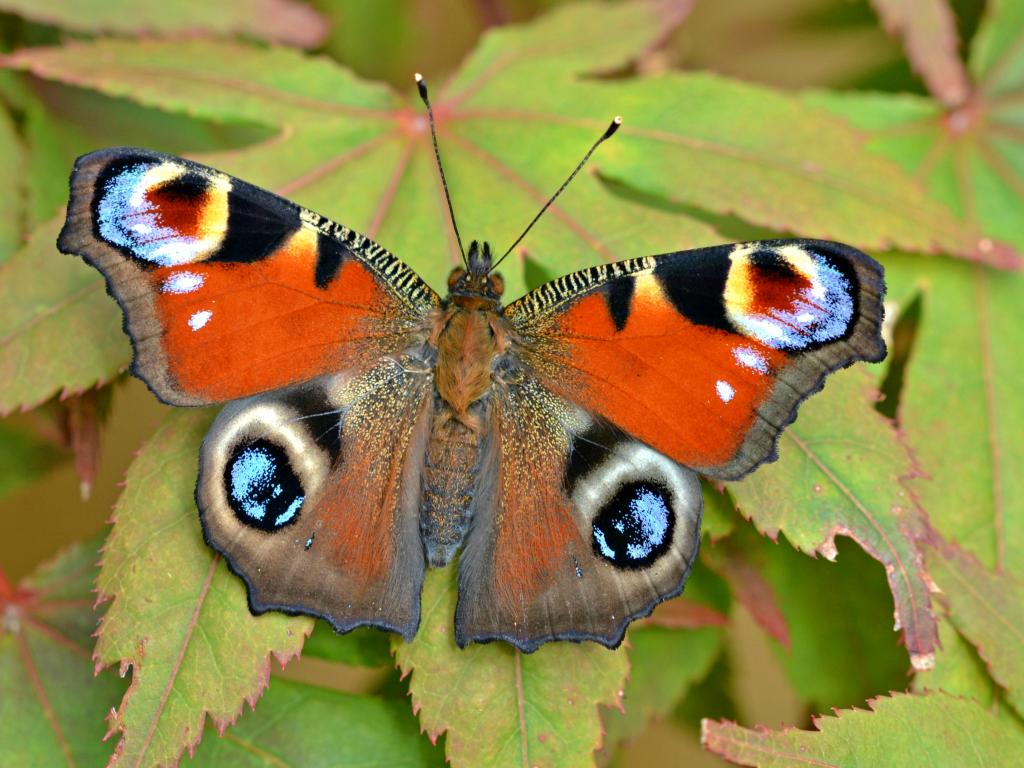Size and Family
- Family: Nymphalids
- Size: Medium/Large
- Wing Span Range (male to female): 63-69mm
Conservation Status
- Butterfly Conservation priority: Low
- European status: Not threatened
Caterpillar Foodplants
Common Nettle (Urtica dioica), although eggs and larvae are occasionally reported on Small Nettle (U. urens) and Hop (Humulus lupulus).
The Peacock’s spectacular pattern of eyespots evolved to startle or confuse predators, make it one of the most easily recognized and best-known species. It is from these wing markings that the butterfly gained its common name. Undersides of the wings are very dark and look like dead leaves. A fairly large butterfly and a strong flyer.
Although a familiar visitor to garden buddleias in late summer, the Peacock’s strong flight and nomadic instincts lead it to range widely through the countryside, often finding its preferred habitats in the shelter of woodland clearings, rides, and edges.
The species is widespread and has continued to expand its range in northern parts of Britain and Ireland.
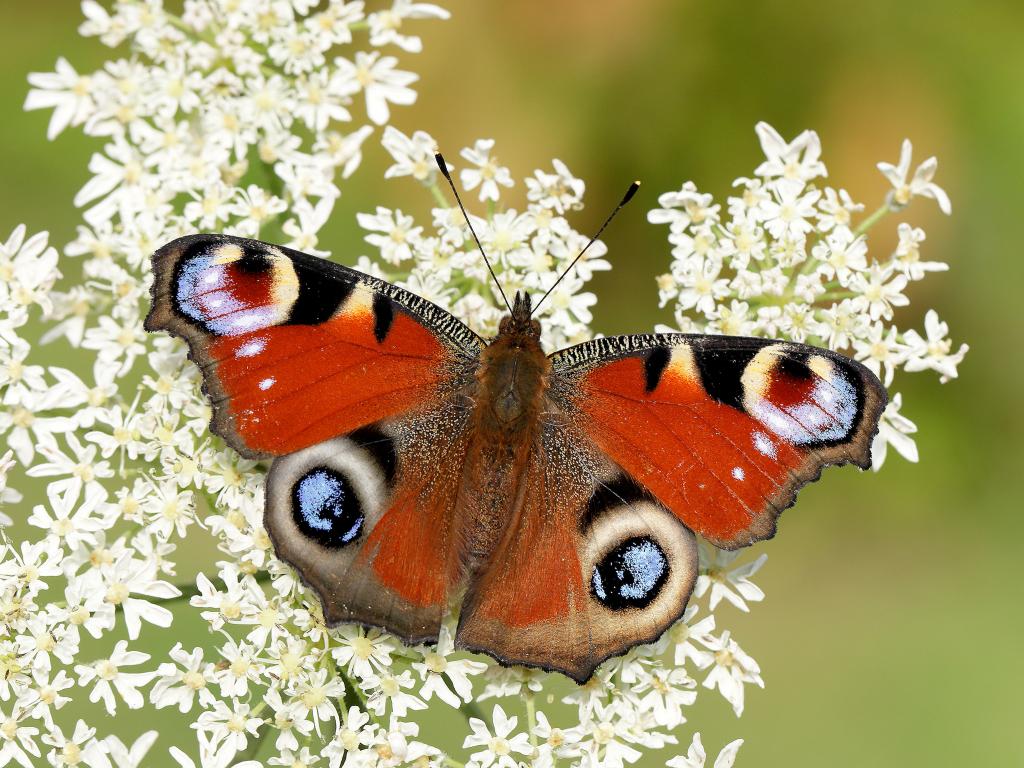
Peacock Butterfly: Habitat, Life Cycle, and Diet Facts
Habitat
The Peacock butterfly (Aglais io) is commonly found across Europe and temperate Asia. It thrives in a variety of habitats, including:Common and found in a range of habitats.
- Woodlands: Prefers edges and clearings.
- Gardens and Parks: Frequently seen in urban and suburban areas.
- Meadows and Grasslands: Enjoys open areas with plenty of flowers.
- Hedgerows and Farmlands: Often found in rural agricultural landscapes.
Life Cycle
The life cycle of the Peacock butterfly consists of four main stages: egg, larva (caterpillar), pupa (chrysalis), and adult butterfly.
Life cycle of the Peacock Butterflies, Inachis io Hibernating Peacock Butterflies are one of the earliest species to be seen in the spring.
Those hibernating in buildings heated by the sun may prematurely emerge resulting in flight records as early as January.
Although butterflies have been recorded in every month of the year the main emergence from hibernation normally occurs in March and April Peacock (Inachis io) on Primrose (Primula vulgaris)
The males are strongly territorial and will often sit on a bare piece of soil soaking up the sun before taking off to ‘check out’ another passing butterfly or large insect.
The butterflies feed on a wide range of flowers and are frequently seen in gardens nectaring on buddleia.
The Peacock Butterfly is mostly single brooded but smaller second broods have been recorded during warm summers in southern counties such as Cornwall.
Females lay large clusters of as many as 500 green eggs on the leaves of nettle – the larval foodplant.
The eggs are very similar to those of the Small Tortoiseshell Butterfly but have 8 prominent keels as opposed to the 9 of the Small Tortoiseshell egg.

How long does the life cycle of a peacock butterfly last
The life cycle of the Peacock butterfly (Aglais io) typically spans almost a year, encompassing four main stages: egg, larva (caterpillar), pupa (chrysalis), and adult butterfly.
- Egg Stage:
- Larva (Caterpillar) Stage:
- Pupa (Chrysalis) Stage:
- Adult Butterfly Stage:
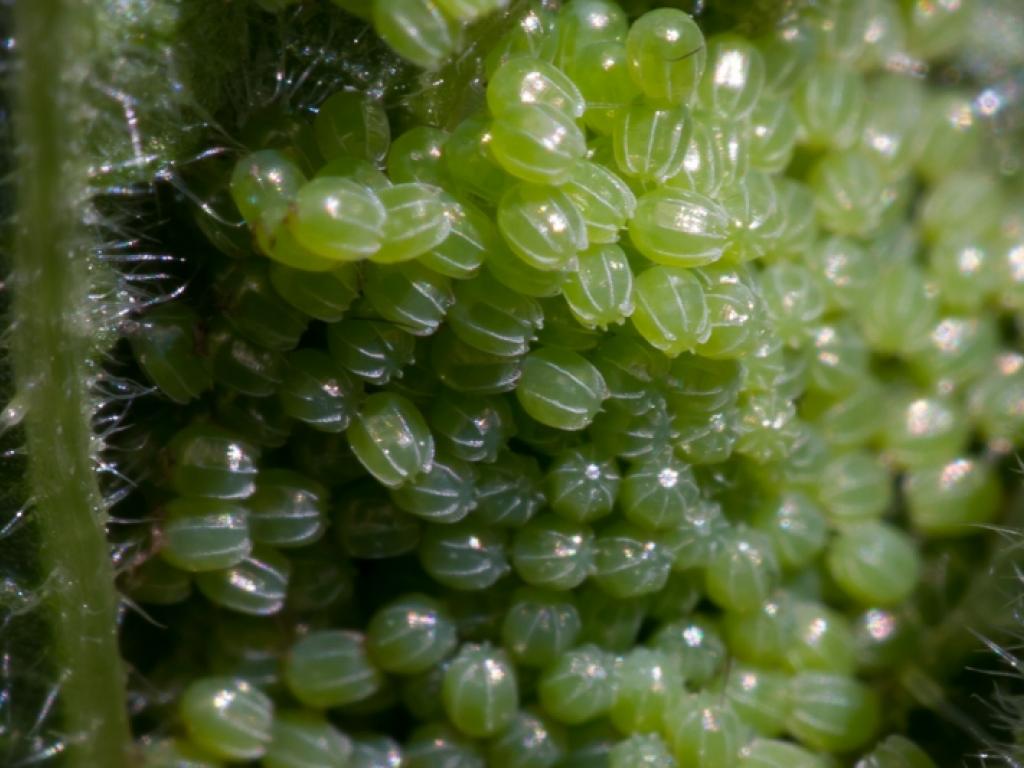
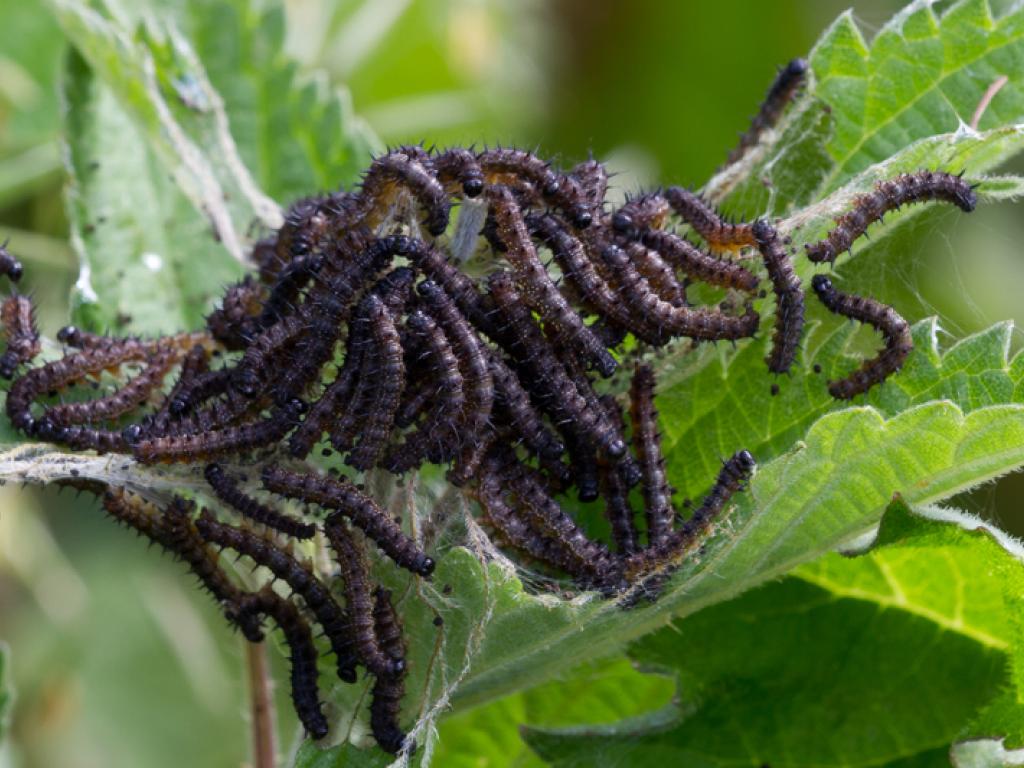
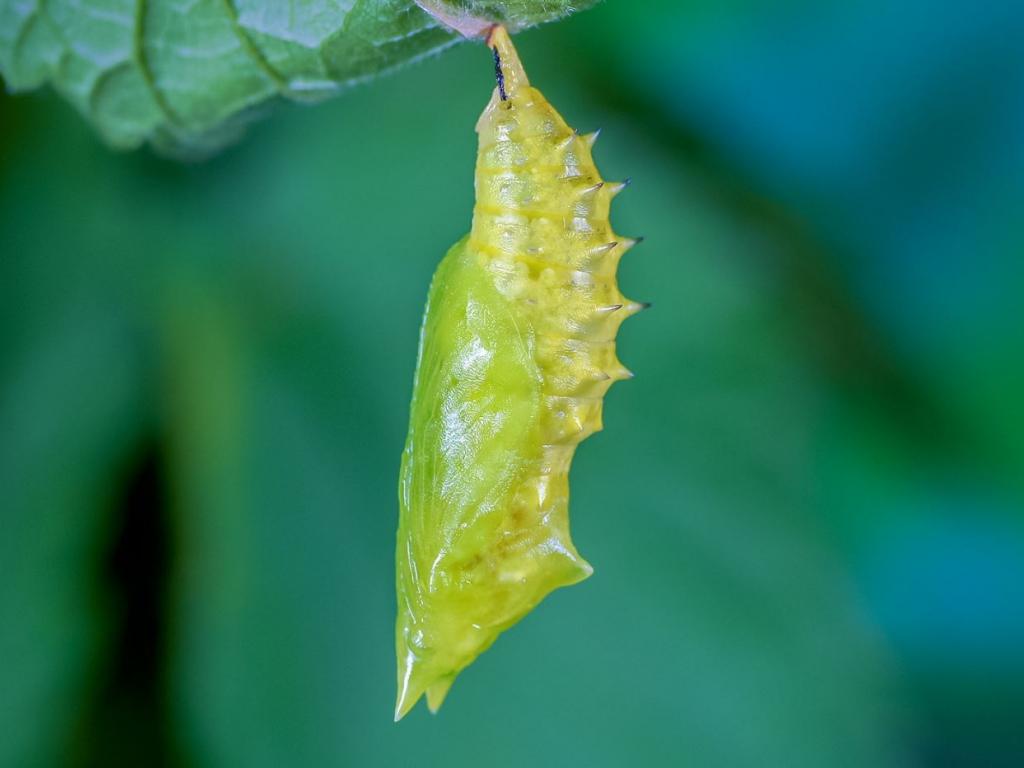
Overall, the complete life cycle from egg to adult butterfly can take approximately one year, with the adult stage being the longest due to hibernation
Diet
The diet of the Peacock butterfly varies between its larval and adult stages.
- Larvae (Caterpillars):
- Primarily feed on stinging nettles (Urtica dioica).
- Occasionally, they may feed on other plants like hops (Humulus lupulus).
- Adults:
- Nectar from a variety of flowering plants, including buddleia, thistles, and dandelions.
- They also feed on tree sap, overripe fruit, and even animal dung for minerals and nutrients.
Additional Facts
- The Peacock butterfly is known for its striking eye spots on its wings, which serve as a defense mechanism against predators.
- They are one of the few butterfly species that hibernate as adults, often seeking shelter in buildings, tree hollows, or other protected areas during the winter.
- The species is not currently considered endangered and is relatively common within its range.
Understanding the habitat, life cycle, and diet of the Peacock butterfly can help in conservation efforts and in creating butterfly-friendly environments in gardens and parks.
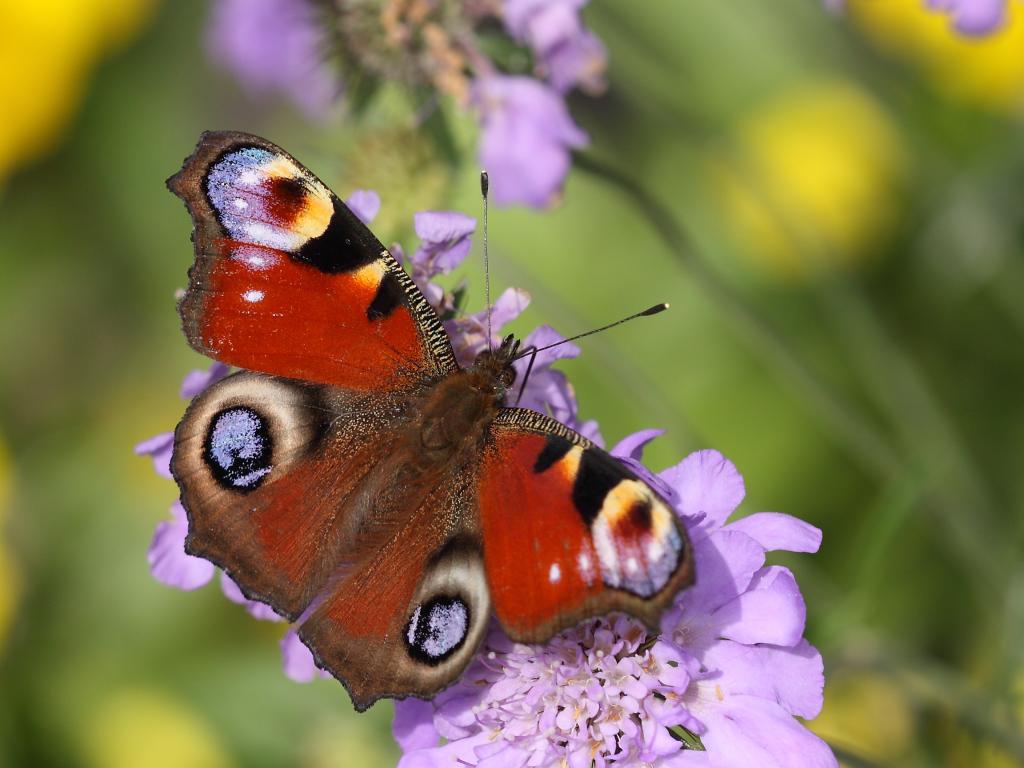
Are there any unique behaviors or migrations patterns of peacock butterflies
Unique Behaviors and Migration Patterns of Peacock Butterflies
Unique Behaviors
- Anti-Predator Mechanisms:
- Eyespots: The Peacock butterfly (Aglais io) is renowned for its distinctive eyespots on the wings, which serve to startle or confuse predators. When threatened, the butterfly rapidly opens its wings to display these eyespots, mimicking the eyes of a larger animal and deterring potential attackers.
- Camouflage: The undersides of the wings are dark and resemble dead leaves, providing excellent camouflage when the butterfly is at rest or hibernating.
- Hissing Sound: When threatened, the Peacock butterfly can produce a hissing sound by rubbing its wings together. This sound can be audible to humans and serves to scare off predators.
- Territorial Behavior:
- Sun Basking:
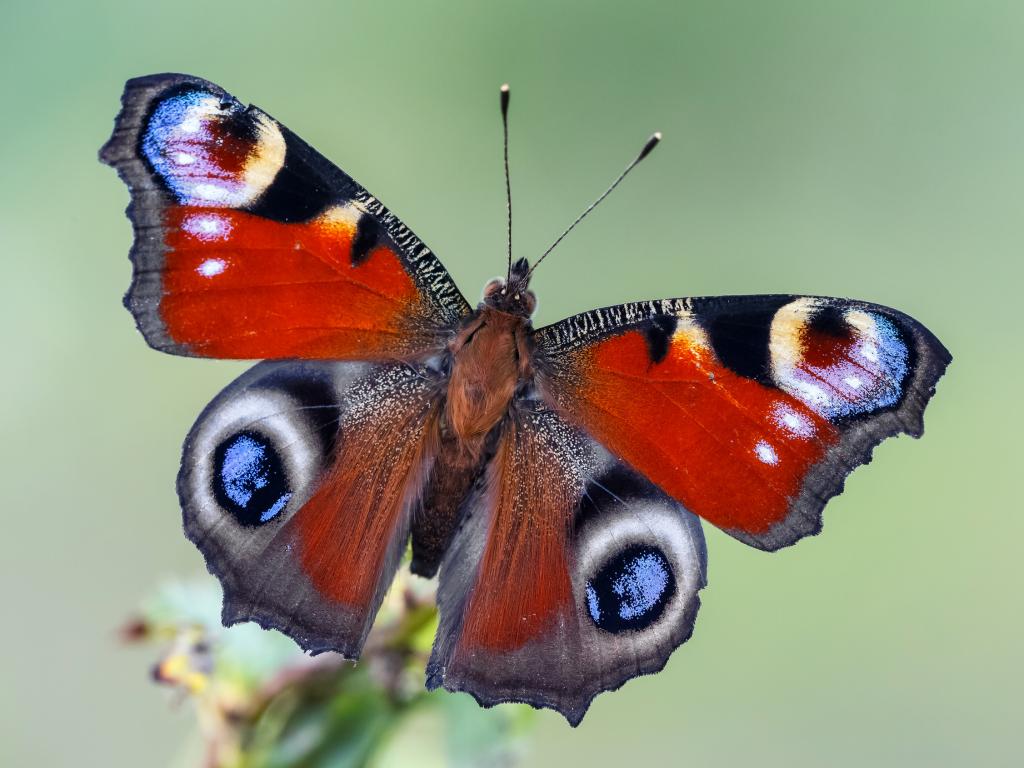
Migration Patterns
Peacock butterflies do not undertake long-distance migrations like some other butterfly species, such as the Monarch butterfly. However, they do exhibit some localized seasonal movements:
- Seasonal Movements:
- Hibernation:
- Emergence and Range Expansion:
These behaviors and movement patterns help the Peacock butterfly survive and thrive in various environments, making it a resilient and adaptable species.
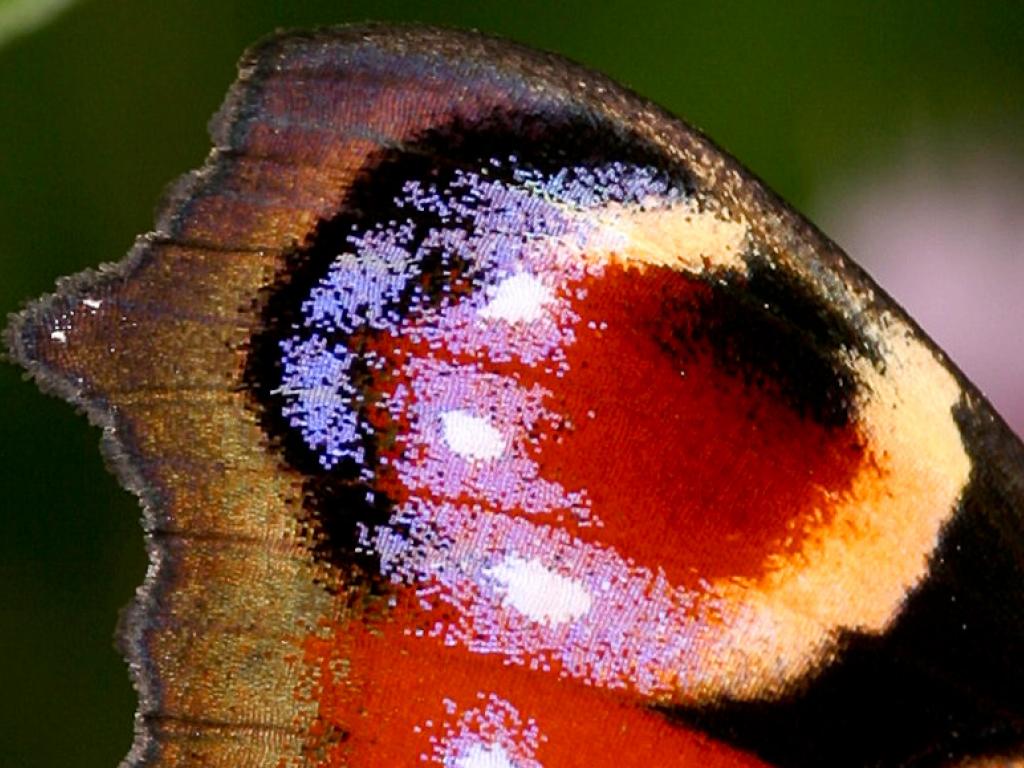
Peacock butterfly facts
The spectacular peacock butterfly (Inachis io) is regarded as one of the most beautiful in Britain, it has recently expanded its range in Scotland.
Global distribution
The peacock butterfly occurs in temperate regions of Europe and Asia, with a range that extends from Britain and Ireland eastwards through Russia to eastern Siberia, the Korean peninsula and Japan. It is absent from northern Scandinavia and southern parts of Spain and Portugal. It also occurs in temperate regions of Turkey and northern Iran, and has been recorded at elevations of up to 2,500 metres. It is sometimes known as the European peacock, to distinguish it from another butterfly, from a completely different family, that occurs in North America.
Distribution in Scotland
Prior to the end of the 20th century, the peacock butterfly was only known from some parts of Scotland, having been recorded in less than 30% of the country. However, since then it has spread rapidly, and is now seen in most of the Scottish mainland and many of the islands, including the Outer Hebrides, Orkney and Shetland. While the reasons for this expansion of its range are not fully understood, one possible explanation is the recent warmer weather, due to human-caused global warming.

